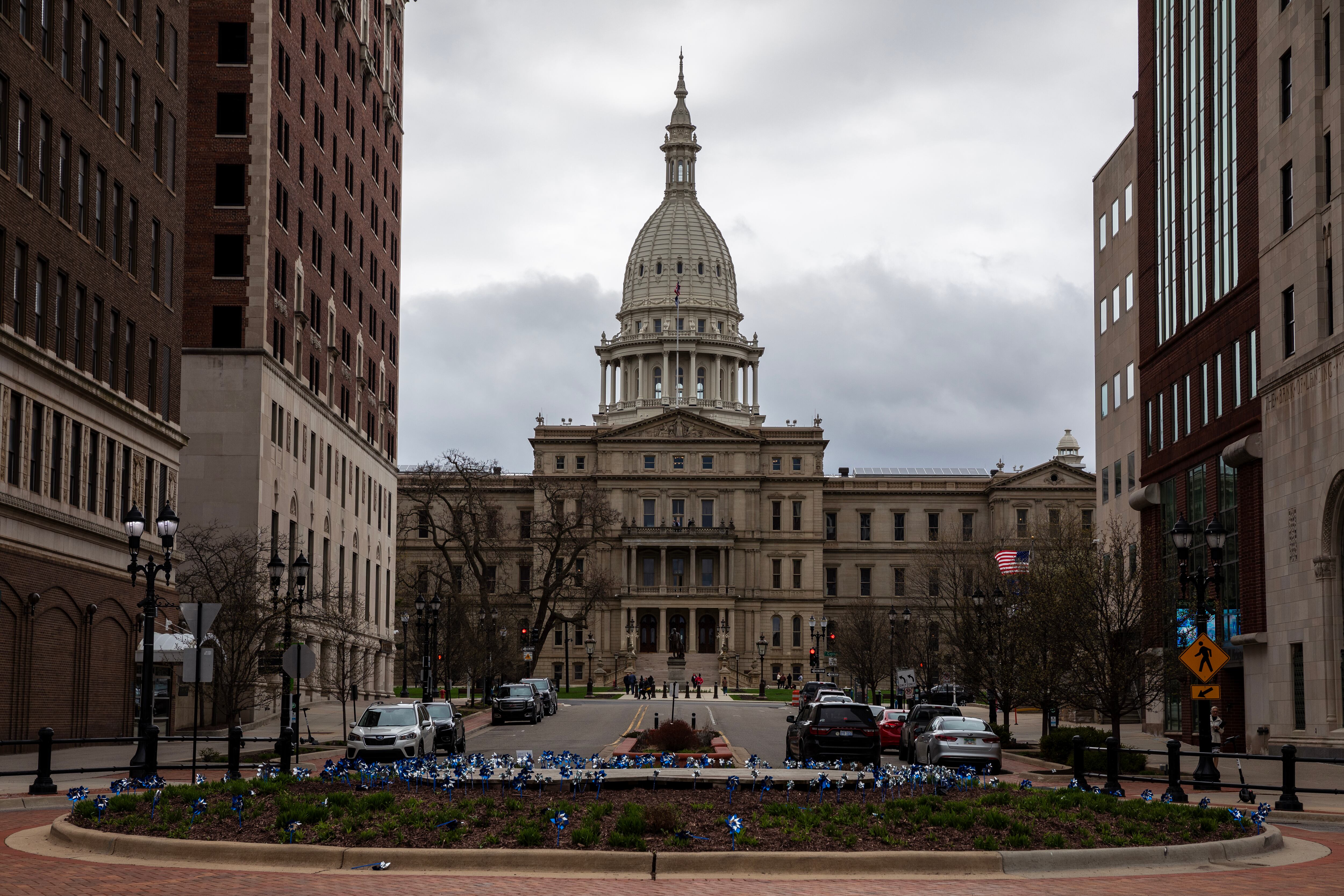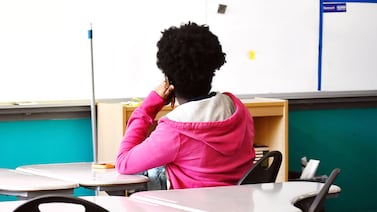Sign up for Chalkbeat Detroit’s free daily newsletter to keep up with the city’s public school system and Michigan education policy
As districts around the state brace for the end of federal COVID relief money, State Superintendent of Schools Michael Rice has a simple message:
School funding is “tightening,” he wrote in a Detroit News op-ed, but “the sky is not falling” – and not all districts will be facing layoffs.
Michigan school district leaders are still not reassured about long-term financial stability.
They may not have to cut staff, several told Chalkbeat, but the federal funds only temporarily staved off an existing financial crisis in Michigan schools.
Now that the COVID relief money is set to expire, they say, schools will return to the longstanding funding inadequacies they experienced before the pandemic. And that will impact students.
“When we’re looking at the loss of federal funding this year, it’s going to impact everybody,” said Bob McCann, executive director of the K-12 Alliance of Michigan, an organization that advocates for state school funding priorities.
Michigan districts have received around $5.6 billion in Elementary and Secondary School Emergency Relief (or ESSER) funds since the start of the pandemic. The funds will expire this year, creating what some call a “fiscal cliff” that will force many schools across the country to make hard budget decisions, including cutting staff and services added since COVID.
Declining enrollment and a projected slowdown in state revenue growth will likely put additional financial strain on some Michigan districts.
As the legislature works to approve an education budget for the 2024-25 school year, educators, parents, students, and advocates worry the state won’t be able to fund “dire” needs, such as more support for students considered to be at-risk, English language learners, and mental health supports.
An additional $1 billion in state funding has been allocated to districts to serve at-risk students through the “opportunity index,” which provides money to districts with higher concentrations of poverty. But advocates say more is needed to reverse years of inequity.
School leaders are proposing potential avenues to continue to increase state aid, such as reducing the rate of contributions districts must pay into the retirement system from 21% to 13%.
“We need stability in a system that has rarely ever had it,” said McCann.
The state’s current minimum per-pupil foundation allowance to districts, which does not include at-risk funding, is $9,608 a year. In 2010, it was $8,489 per student.
An analysis by the Citizens Research Council of Michigan found that Michigan schools would have to cut more than 5,000 teacher and staff positions to get back to the same staffing ratios they had during the 2018-19 school year – before COVID disrupted schools.
During a recent State Board of Education meeting, Rice said the districts most impacted by the end of ESSER will be the ones that spent the one-time funds on recurring expenses and “didn’t plan or plan well for this moment.”
“For some districts, the amount of federal pandemic relief was so high and the need to spend so relatively quick that some districts felt the need to use these non-recurring revenues for recurring expenditures,” he said.
But Rice said the right-sizing some districts will have to do this budget cycle will not come close to the historic widespread cutbacks the state saw in the 2010-11 school year.
“I do not believe that this is going to be the second coming of 2011, when the cuts were up to $70 per kid in per pupil foundation allowance and there were more than $1 billion worth of cuts across the state of Michigan,” said Rice.
It’s difficult to discern which programs and staff may need to be cut because the state did not require districts to report how they spent ESSER reimbursements, said Craig Thiel, the director of the Citizens Research Council.
“The state gave very little information on how this money was spent and they could have,” said Thiel. “Other states have highlighted how the money was spent on staffing and new hires.”
Daveda Colbert, superintendent of the Wayne Regional Educational Service Agency, said one of every five districts in Wayne County will be “impacted greatly” by the financial cliff.
“Our financial pressures are not because of ESSER funding,” she said during a recent online press conference with a group of school leaders. “ESSER dollars masked what was happening and slowed down where we were going.”
The federal money helped districts that were long underfunded “stay afloat,” she added, and allowed schools to add supports that should have already been in place.
The pandemic exacerbated students’ needs – and those needs persist, Colbert said.
Alena Zachery-Ross, superintendent at Ypsilanti Community Schools, said she does not anticipate her district will have to cut staff for the next school year. She said the district intentionally worked carefully to ensure the ESSER funds it received were either used to contract additional staff, went to one-time expenses, or could eventually be replaced by other grants.
But, Zachery-Ross said, the district will still struggle to meet students’ growing needs and to attract and retain teachers with current state funding.
“We want to see per-pupil spending increase as well as those at-risk funds to pay for additional behavioral support staff,” she said. “There is not enough and we need more of it.”
Hannah Dellinger covers K-12 education and state education policy for Chalkbeat Detroit. You can reach her at hdellinger@chalkbeat.org.







